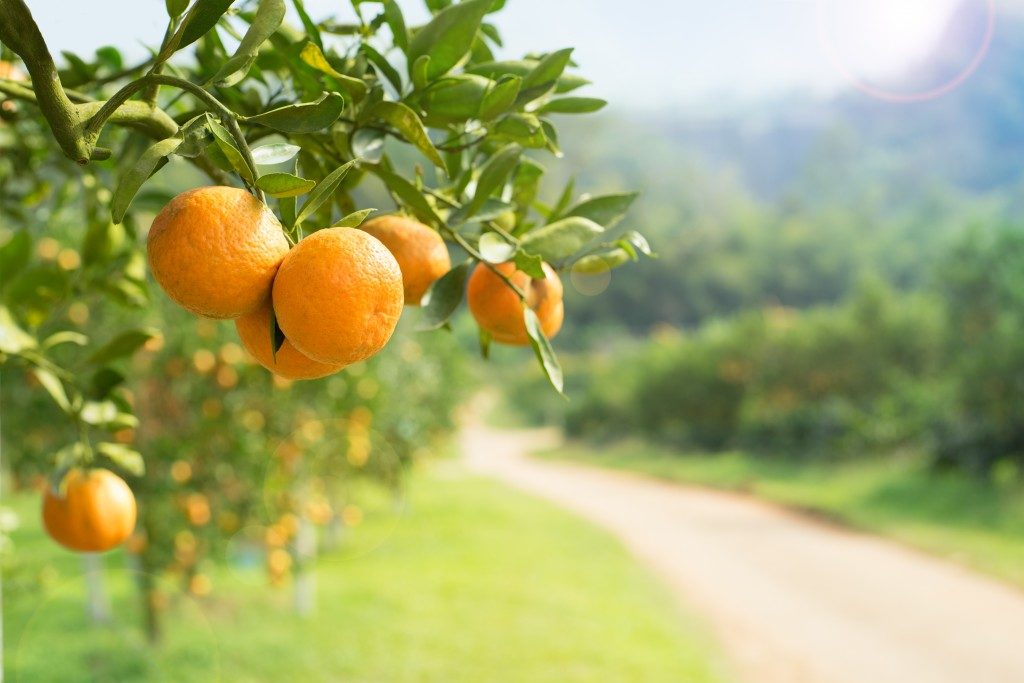Traditional orchards and modern technology make an unlikely combination. However, you need technology to keep your farm up-to-date and remain competitive. With Brexit just around the corner, technology can somewhat make up for the loss of workers and increase your orchard’s overall efficiency.
Drones for Mapping and Assessment
A bird’s-eye view of your orchard can give you massive amounts of information, especially if that bird is equipped with mapping technology, high-definition cameras, and infrared sensors. Drones can provide a detailed map of your orchard, allowing you to maximize space as well as giving you a proper account of your farm with regards to tree height, canopy density, spacing, as well as noting visible differences in your trees’ appearance. Drones fitted with infra-red sensors can detect the presence of chlorophyll and determine whether a tree is photosynthesizing efficiently. Unhealthy trees can be easily identified, and you can then take a soil and leaf sample to determine the cause of the problem further. A multi-spectral map of your orchard also allows you to increase the efficiency of your soil amelioration programs as well as your use of fertilizers.
Harvesters and Lifting Platforms
 Whether you’re using an automated harvester or a simple lifting platform, it’s easier than using traditional ladders. Harvesters and lifting platforms allow you to harvest your fruits safely and efficiently. They cut down the number of workers you need by maximizing productivity and efficiency. Raised platforms also ensure better handling of your fruits, minimizing damage and bruising. Combining technology with dedicated workers have made harvesting lemons, oranges, olives, and other fruits extremely fast and easy. In New Zealand, apple-picking robots have already been introduced in several orchards, drastically reducing the need for actual personnel. Grape harvesters have been around for a while and have proven to be more efficient than human workers.
Whether you’re using an automated harvester or a simple lifting platform, it’s easier than using traditional ladders. Harvesters and lifting platforms allow you to harvest your fruits safely and efficiently. They cut down the number of workers you need by maximizing productivity and efficiency. Raised platforms also ensure better handling of your fruits, minimizing damage and bruising. Combining technology with dedicated workers have made harvesting lemons, oranges, olives, and other fruits extremely fast and easy. In New Zealand, apple-picking robots have already been introduced in several orchards, drastically reducing the need for actual personnel. Grape harvesters have been around for a while and have proven to be more efficient than human workers.
Plastic Storage Units
Wood is out, and plastic is in. Plastic fruit bins are slowly replacing traditional wooden ones; the whole Bolzano region of Italy have ditched their conventional wooden fruit bins and adopted the use of modern plastic fruit bins. Plastic is non-porous and doesn’t retain water; you don’t have to worry about fungal growth or bacteria, which can penetrate and multiply in wooden crates. Using plastic also eliminates the risk of insect infestation as well as minimizes the chances of transferring diseases. Plastic fruit bins have smoother surfaces, protecting your fruits from damage and bruising. They’re more durable, typically lasting three times longer than wooden fruit bins. The standard design of plastic fruit bins make them more compatible with machines such as forklifts and tippers and also makes it easier to weigh your fruits. Plastic fruit bins are also 40 percent lighter than wooden ones, and they’re designed to be stackable. This cuts down your transport cost as well as making it easier to manage a full truckload.
Overall, every orchard needs to adopt the latest technology to be competitive. Cut costs and raise your orchard’s efficiency by choosing the right technology to meet your needs.

